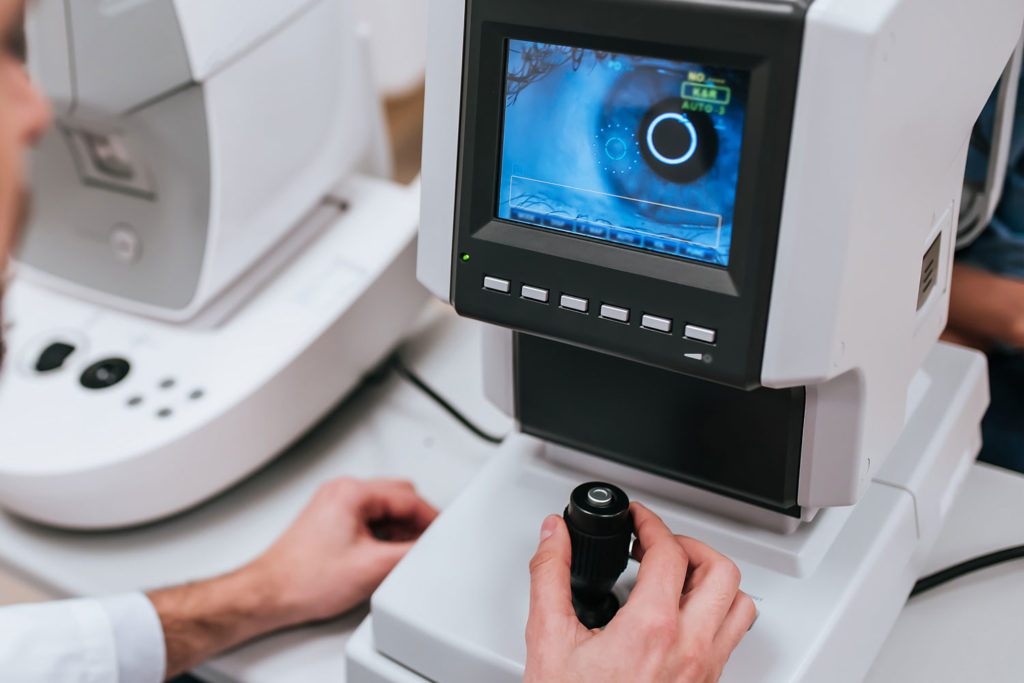A retinal occlusion occurs when the circulation of a retinal vein becomes obstructed by an adjacent blood vessel. This results in the stoppage of blood flow, causing hemorrhages in the retina. The retinal veins are the small “pipes” in the retina that drain blood out of the retina, and back to the heart. The veins drain the blood out of the eye, while the retinal arteries are the small blood vessels that deliver the blood (from the heart) to the retina.
Types of Occlusion
Nonischemic (also called venous stasis retinopathy) occlusions are relatively benign and account for 75-80% of all cases. The body develops alternate pathways for blood vessels that may result in macular edema but rarely in neovascularization with its accompanying problems. Nonischemic (also called venous stasis retinopathy) occlusions are relatively benign and account for 75-80% of all cases. The body develops alternate pathways for blood vessels that may result in macular edema but rarely in neovascularization with its accompanying problems.
Ischemic (hemorrhagic retinopathy) means that there is an inadequate blood supply, resulting in a marked decrease in vision. Hemorrhagic retinopathy results in complications such as macular edema, macular ischemia, and neovascularization that can lead to blindness in two-thirds of people diagnosed with this disorder.
Recommended Supplements:
-
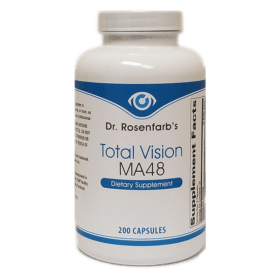
Total Vision MA48
$55.00 Add to cart -
Sale!
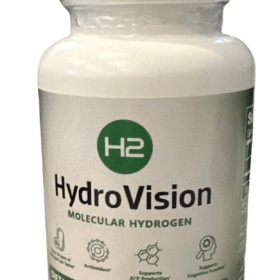
Hydro Vision – H2 Vision – Molecular Hydrogen Tablets
Original price was: $60.00.$49.00Current price is: $49.00. Add to cart -

CannaVision Oil 2500mg
$99.00 Add to cart -
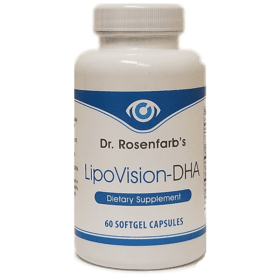
LipoVision-DHA
$30.00 Add to cart -

CannaVision Oil 5000MG
$149.00 Add to cart -

MSM Drops
$22.00 Add to cart -
Sale!

Blood Vessel Control Formula 2oz
Original price was: $50.00.$30.00Current price is: $30.00. Add to cart

